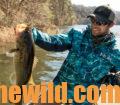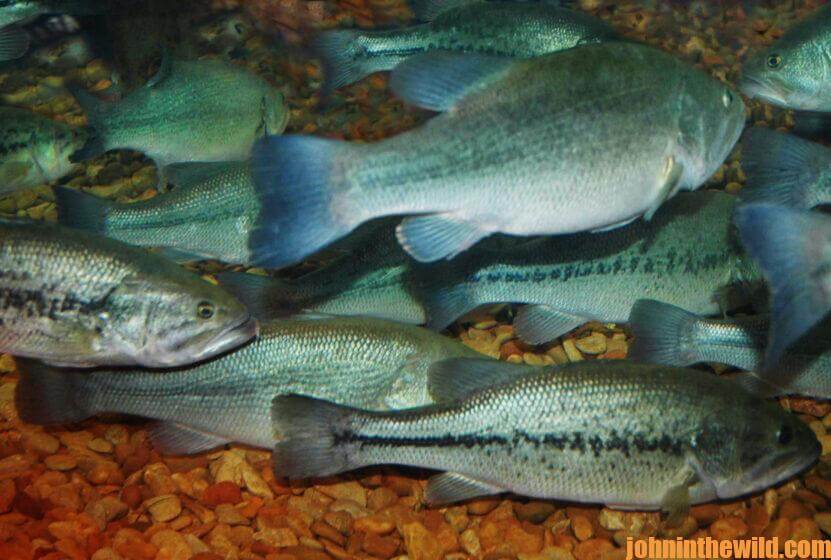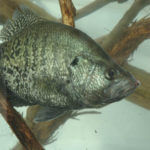Editor’s Note: Thirty-five-year-old Brandon Palaniuk of Hayden, Idaho, has been a bass pro for 11 years and the Angler-of-the-Year and has earned $1.7+ million fishing. To learn more about Brandon, visit his Facebook page at https://www.facebook.com/brandonpalaniuk/.
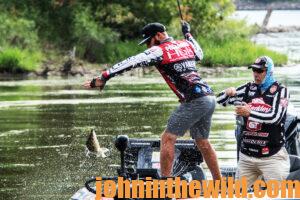 One of the newer features that I appreciate about depth finders today is 3D sonar. This application produces a better picture of the bottom right under my boat, and I don’t have to adjust my depth finder when I move from a 10-foot flat to a 20-foot drop-off. There’s also a forward-shooting sonar and a 360 sonar, which allow me to see and study the bottom in every direction.
One of the newer features that I appreciate about depth finders today is 3D sonar. This application produces a better picture of the bottom right under my boat, and I don’t have to adjust my depth finder when I move from a 10-foot flat to a 20-foot drop-off. There’s also a forward-shooting sonar and a 360 sonar, which allow me to see and study the bottom in every direction.
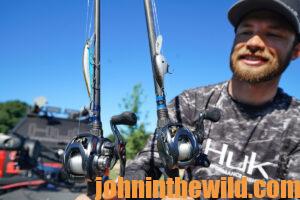 One of the big differences in the sonar we have now and the sonar we once used is that I don’t have to make a cast, until I see the exact place to where I want to cast my lure. For example, if I spot fish holding on a rock or a log underwater, I can position my boat to make a cast to the exact spot where the bass are holding. Of course if there’s a school of bass on that structure, I want to fish every side of that rock or log. Depth finders not only show me where to cast, but they also show me how and where to position my boat to make it the most effective.
One of the big differences in the sonar we have now and the sonar we once used is that I don’t have to make a cast, until I see the exact place to where I want to cast my lure. For example, if I spot fish holding on a rock or a log underwater, I can position my boat to make a cast to the exact spot where the bass are holding. Of course if there’s a school of bass on that structure, I want to fish every side of that rock or log. Depth finders not only show me where to cast, but they also show me how and where to position my boat to make it the most effective.
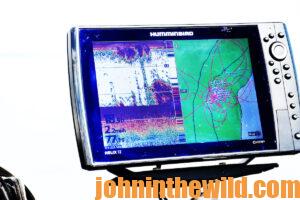 For instance, if I’ve been fishing in deep water like at New York’s Lake Champlain, and then I’ll be fishing in shallow water for the next tournament, I’ll primarily use my 360 imaging to look for underwater structures that most competitors will overlook. I never forget that I’m competing against some of the best bass fishermen in the world. They can find the same structure I do. I need to fish in areas that they may not consider fishing. I’m not only using my depth finder to locate the bass, but just as importantly, I’m using it to pinpoint bass that other competitors haven’t found.
For instance, if I’ve been fishing in deep water like at New York’s Lake Champlain, and then I’ll be fishing in shallow water for the next tournament, I’ll primarily use my 360 imaging to look for underwater structures that most competitors will overlook. I never forget that I’m competing against some of the best bass fishermen in the world. They can find the same structure I do. I need to fish in areas that they may not consider fishing. I’m not only using my depth finder to locate the bass, but just as importantly, I’m using it to pinpoint bass that other competitors haven’t found.
Every time one of the major depth-finder companies develops a new feature, I think, “Well, they’ve gone about as far as they can go with the sonar.” However, the units to improve each year, and I’m sure that depth-finder companies will continue on this path. The hottest feature we have right now is the 360-degree sonar, and I’m sure that depth finders will advance so much in the future that if bass are wearing name tags, you’ll be able to read them before you even make a cast. (grin).
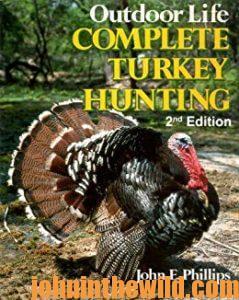 Turkey season may be over, but you can become a better turkey caller for next season by listening to turkey calling experts. You’ll be able to hear 10% for free of the “Outdoor Life’s Complete Turkey” audible book at https://www.amazon.com/gp/product/B09Z5JHY42/ref=dbs_a_def_rwt_hsch_vapi_taud_p3_i4
Turkey season may be over, but you can become a better turkey caller for next season by listening to turkey calling experts. You’ll be able to hear 10% for free of the “Outdoor Life’s Complete Turkey” audible book at https://www.amazon.com/gp/product/B09Z5JHY42/ref=dbs_a_def_rwt_hsch_vapi_taud_p3_i4
On the right side of the page and below the offer for a free Audible trail, you can click on Buy the Audible Book. If you have any questions, please email me at john7185@gmail.com. You also can buy the Kindle version of the book at https://www.amazon.com/gp/product/B00IXXJWOQ/ref=dbs_a_def_rwt_hsch_vapi_taft_p1_i4 and the print version of the book at https://www.amazon.com/gp/product/1720096821/ref=dbs_a_def_rwt_hsch_vapi_taft_p7_i7. You may have to copy and paste these links into your browser.
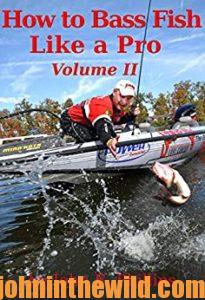 To learn more about bass fishing, check out John E. Phillips’ book, “How to Bass Fish Like a Pro, Volume II,” at https://www.amazon.com/gp/product/B08Z9W6VC1/ref=dbs_a_def_rwt_hsch_vapi_taud_p1_i9 for Kindle, print and Audible versions. You may have to copy and paste this click into your browser. When you click on this book, notice on the left where Amazon says you can read and hear 10% of the book for free. On right side of the page and below the offer for free Audible trial, you can click on Buy the Audible with one click.
To learn more about bass fishing, check out John E. Phillips’ book, “How to Bass Fish Like a Pro, Volume II,” at https://www.amazon.com/gp/product/B08Z9W6VC1/ref=dbs_a_def_rwt_hsch_vapi_taud_p1_i9 for Kindle, print and Audible versions. You may have to copy and paste this click into your browser. When you click on this book, notice on the left where Amazon says you can read and hear 10% of the book for free. On right side of the page and below the offer for free Audible trial, you can click on Buy the Audible with one click.
Tomorrow: Brandon Palaniuk’s Bass Tackle

